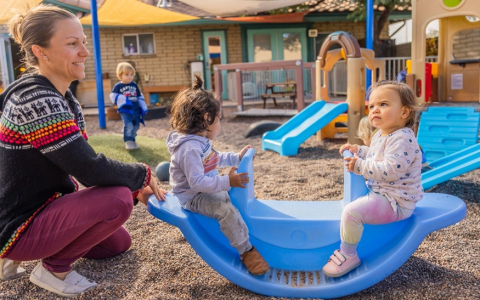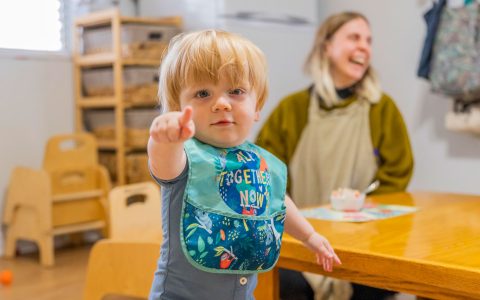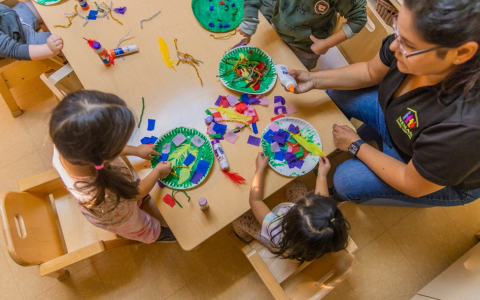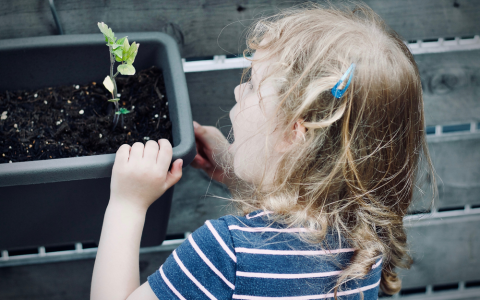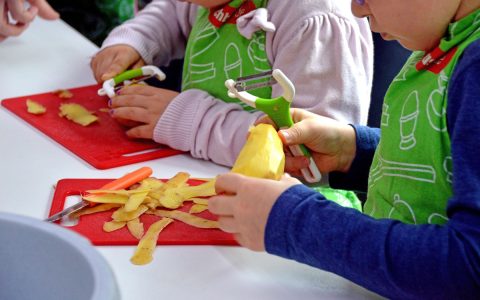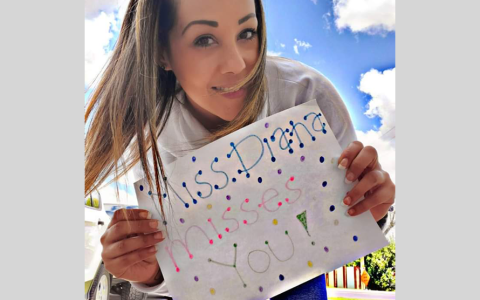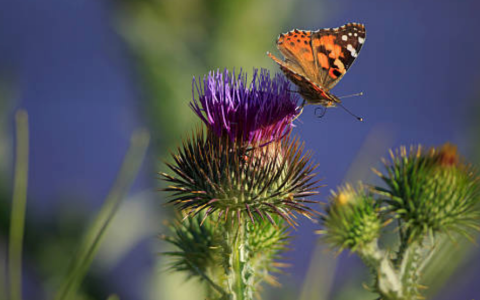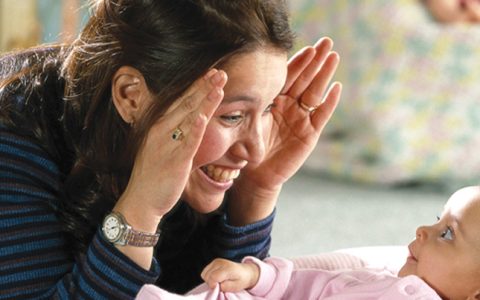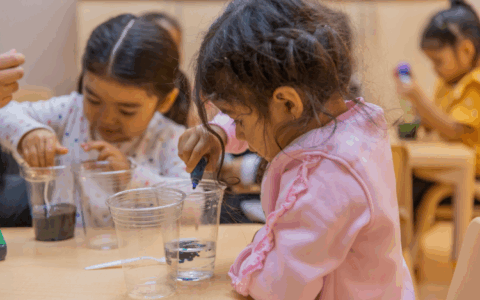Quality in Action At Quality First, we talk about quality early learning every day. But what does quality look like in action? Check out the clips below to see a few ways that Quality First teachers turn everyday moments into learning moments. Color Sorting Hints and Help Quality in action looks like: Rolling the mat
Category: Early Learning
I is for implementing action steps. Five tips to help you on your goals.
In Quality First, we use the VISION model to guide the quality improvement journey. This is the fourth in a series about the six stages of the VISION model. If you haven’t already, check out our blogs on vision casting, investigating your current practices, and setting goals. Once you’ve identified your big-picture vision, reviewed your
S is for Setting Goals: Creating an Effective Quality Improvement Plan
In Quality First, we use the VISION model to guide the quality improvement journey, and every journey needs a roadmap. In this third stage, you’ll focus on setting goals and creating action steps for quality improvement. This quality improvement plan is your roadmap. It outlines your goal (your destination), and the action steps you’ll take
Earth-Friendly Early Learning
Now more than ever, we are becoming aware of how our choices affect the environment, our health, and the health of our communities. As early childhood professionals, we are leaders who can make a difference in the health of our environment. Through earth-friendly actions, we can improve health, teach respect for nature, and save money,
A hands-on approach to learning
When a child learns a new concept by doing, touching, exploring or experiencing something, rather than just being told about it—that child is creating pathways in the brain for further knowledge. For early childhood educators looking for ways to improve children’s learning—hands-on experiences are critical to success. So, how can you maximize children’s learning through
Supporting learning from a distance
Due to the onset of COVID-19, many early childhood education programs have shifted away from offering in-person activities to facilitating children’s learning from a distance, in the home setting. This change in services has created a multitude of difficulties and opportunities. Here are some ideas from two child care providers serving families in tribal and
Laying the foundation for math with infants and toddlers
Infants and toddlers are observant, curious and eager to explore. Natural pattern-seekers, infants observe their caregivers and environments, noticing similarities and differences, repetition and novelty. As they begin to interact with their environments, toddlers use these observations to learn about objects and patterns. Skilled caregivers encourage this natural curiosity to build strong foundations for mathematical

